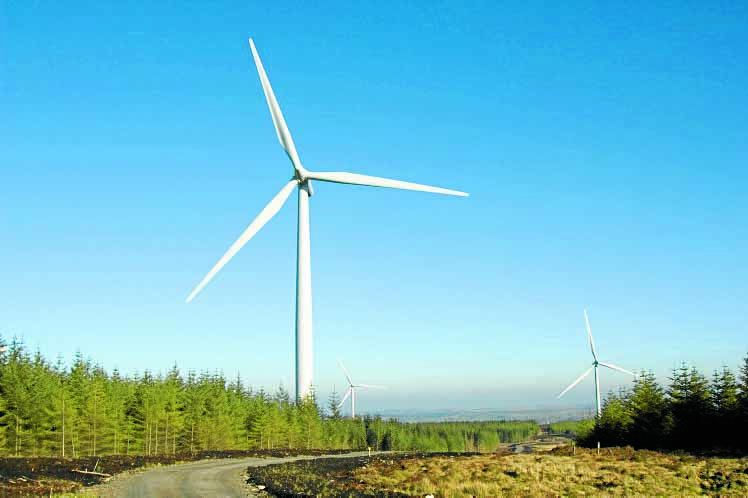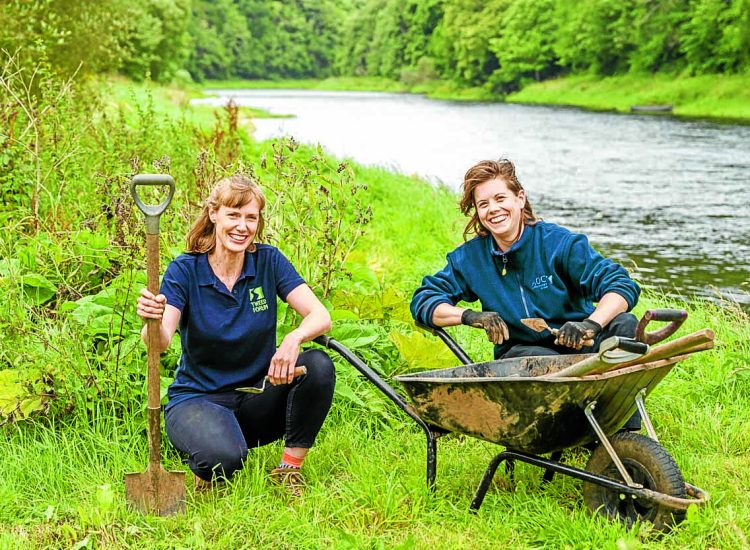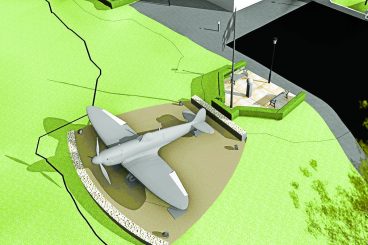WINDFARMS could be worth £900 million in benefits to local communities in this area, according to a new study.
But campaigners have dismissed the financial benefits of such schemes and say they are not as lucrative as they sound.
The study for South of Scotland Enterprise (SOSE) highlights the ‘potential scale of opportunity’ from onshore wind, of which there are 850 installed wind turbines in the South of Scotland.
They estimate £12 million per year could be generated by 2033 through community benefit funding, rising to nearly £70m per year by 2058.
As such, the cumulative value for the region over the next 35 years could be nearly £900m – 30 times as much as the total value of community benefit funding received from 1996 to 2023.
That all depends on growth in the sector and it’s noted that 50 new windfarms or extensions are at some stage of the planning process in the South of Scotland, with 21 expected to succeed.
At the moment this type of funding is available to 86 community council areas across the region and those with the greatest access are Mid and Upper Nithsdale; Mid Galloway and Wigtown West; and Annandale East and Eskdale.
However, Save Our Hills Moffat have broken down the figures and said: “Currently, across the four most heavily turbined council areas in Scotland we get £19.15 per head per annum.
“At the same time each household in Scotland has £150 added to their electricity bills, paid to windfarms to switch off wind turbines when they are producing more energy than the grid can handle.
“Claims that by 2030 (by South of Scotland Enterprise) that D&G will get up to £12 m works out at £82.25 per head, per annum. Four times what we are getting now! Set against loss of dark skies, golden eagles, hillwalking, and not to mention the views, for 23 pence per day It doesn’t buy you a cup of coffee. It doesn’t even buy you the milk for the coffee!”
Explaining their working out, the group said there are 214 projects offering community benefits packages, with £15,719,720 total community benefits paid in the last 12 months – according to the Scottish Government Community Benefit Register.
Taking the population of Highlands, South Lanarkshire, Dumfries and Galloway and the Islands as 820,700 (latest census statistics), that works out at £19.15 per head per annum.
Meanwhile, SOSE and partners Dumfries and Galloway and Scottish Borders Councils are looking at how best they can work with and support these communities, and others, to maximise their opportunities, including the chance of future shared ownership.
The organisation’s chair, Professor Russel Griggs, said: “It is important to emphasise to everyone that community benefits from windfarms belong to local communities and will stay that way.
“The findings of the onshore wind report we have commissioned, alongside the recent Sector Deal for onshore wind, includes a commitment to enhance community benefits. As a result, it feels like this is the right time to be increasing the collective understanding around community benefits in the South of Scotland.
“We think it is vital to understand what has worked well for communities so far in the South and elsewhere, and what could be improved for the future. We would like to showcase best practice and find out whether there are barriers to other opportunities, such as shared ownership, for example.”
SOSE chief executive Jane Morrison-Ross added: “The report we commissioned outlines the transformative opportunity available from the monetary benefit that could flow to the South from onshore wind across the region.
“We are also interested in what more could be done with communities on a wider basis, including other technologies, community benefit from the wider supply chain and labour market opportunities.”
The full report is available to read at southofscotlandenterprise.com/onshorewindreport.
























